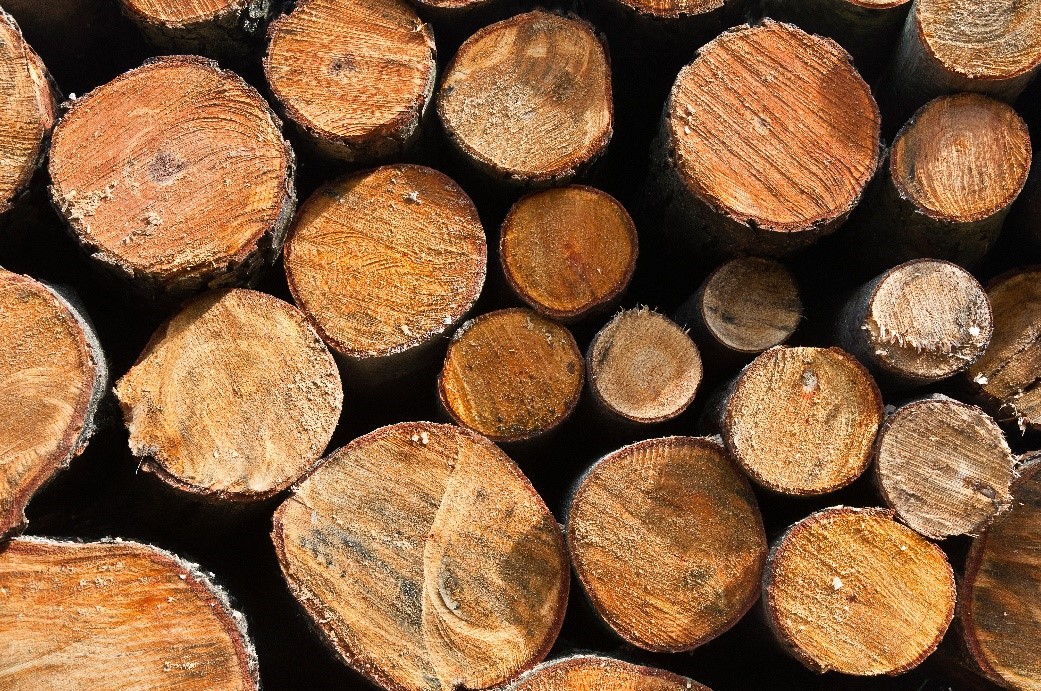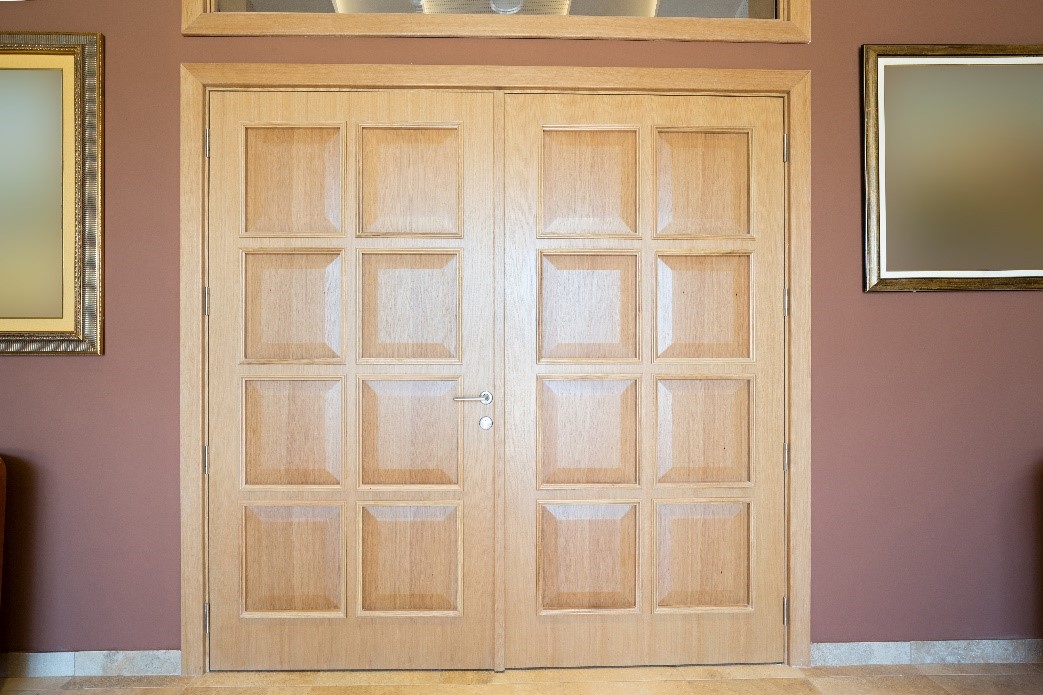The use of wood in construction
Contents |
[edit] Introduction
Wood has been used in construction for thousands of years and is still one of the most widely used building materials. Certain properties of wood can be complex in terms of use for construction, but despite this, engineers have successfully harnessed this natural resource to build a variety of structures. From houses to boats and other shelters, as well as furniture and décor, the construction industry has exploited the potential of wood to the fullest.
Wood is favoured as a material because of the wide variety of properties depending on type. It is readily available and economically competitive, as well as being extremely strong in relation to its weight.
[edit] Types and uses
Wood is generally classified as hardwood and softwood. Hardwood is typically heavier and denser than softwood and is usually utilised for construction of walls, ceilings and floors. The highest possible grade of hardwood contains 83% usable material on one face and is suitable for high-quality furnishings, solid wood mouldings and interior joinery.
Softwoods are generally used to make more of the inner structures to the frame of hardwoods, such as doors and window frames. It is also used to produce furniture.
The words ‘lumber’ and ‘timber’ are often used to refer to wood used specifically in construction work, however there is debate as to which terms should apply to different scenarios. As a rule of thumb, wood which is smaller than five inches wide by five inches thick is referred to as lumber. These pieces are usually machine-planed and sawn for certain dimensions primarily being used in residential construction.
Pieces of wood over the lumber dimensions, regardless of length are timber, although any timber pieces that are more than eight inches wide and eight inches thick are called beams. As timber is usually larger in dimension it is used for the frames of structures in buildings and bridges, as well as being used in railroad ties, mine shaft support and crossbeams on utility poles.
[edit] Benefits of wood
Wood is 'renewable' when responsibly sourced. It is durable, reusable and recyclable
Some other benefits include:
- Thermal insulation.
- Acoustic insulation.
- Adaptability.
- Health benefits due its subjective comfort.
- Structural stability.
- Easy of manufacturing.
- Strengthens rural development and industry.
- Better fire resistance due to low thermal conductivity
--Heritage Builders Ltd 11:13, 16 Jun 2017 (BST)
[edit] Find out more
[edit] Related articles on Designing Buildings Wiki
- 11 things you didn't know about wood.
- Birch wood.
- Carpentry.
- Cedar.
- Chain of custody.
- European Union Timber Regulation.
- Forest Stewardship Council.
- Glulam.
- Hardwood.
- Lime wood.
- Physical Properties of Wood.
- Plywood.
- Programme for the Endorsement of Forest Certification.
- Properties of mahogany.
- Recognising wood rot and insect damage in buildings.
- Softwood.
- Testing timber.
- The differences between hardwood and softwood.
- Timber vs wood.
- Types of timber.
Featured articles and news
RTPI leader to become new CIOB Chief Executive Officer
Dr Victoria Hills MRTPI, FICE to take over after Caroline Gumble’s departure.
Social and affordable housing, a long term plan for delivery
The “Delivering a Decade of Renewal for Social and Affordable Housing” strategy sets out future path.
A change to adoptive architecture
Effects of global weather warming on architectural detailing, material choice and human interaction.
The proposed publicly owned and backed subsidiary of Homes England, to facilitate new homes.
How big is the problem and what can we do to mitigate the effects?
Overheating guidance and tools for building designers
A number of cool guides to help with the heat.
The UK's Modern Industrial Strategy: A 10 year plan
Previous consultation criticism, current key elements and general support with some persisting reservations.
Building Safety Regulator reforms
New roles, new staff and a new fast track service pave the way for a single construction regulator.
Architectural Technologist CPDs and Communications
CIAT CPD… and how you can do it!
Cooling centres and cool spaces
Managing extreme heat in cities by directing the public to places for heat stress relief and water sources.
Winter gardens: A brief history and warm variations
Extending the season with glass in different forms and terms.
Restoring Great Yarmouth's Winter Gardens
Transforming one of the least sustainable constructions imaginable.
Construction Skills Mission Board launch sector drive
Newly formed government and industry collaboration set strategy for recruiting an additional 100,000 construction workers a year.
New Architects Code comes into effect in September 2025
ARB Architects Code of Conduct and Practice available with ongoing consultation regarding guidance.
Welsh Skills Body (Medr) launches ambitious plan
The new skills body brings together funding and regulation of tertiary education and research for the devolved nation.
Paul Gandy FCIOB announced as next CIOB President
Former Tilbury Douglas CEO takes helm.
UK Infrastructure: A 10 Year Strategy. In brief with reactions
With the National Infrastructure and Service Transformation Authority (NISTA).


























Comments